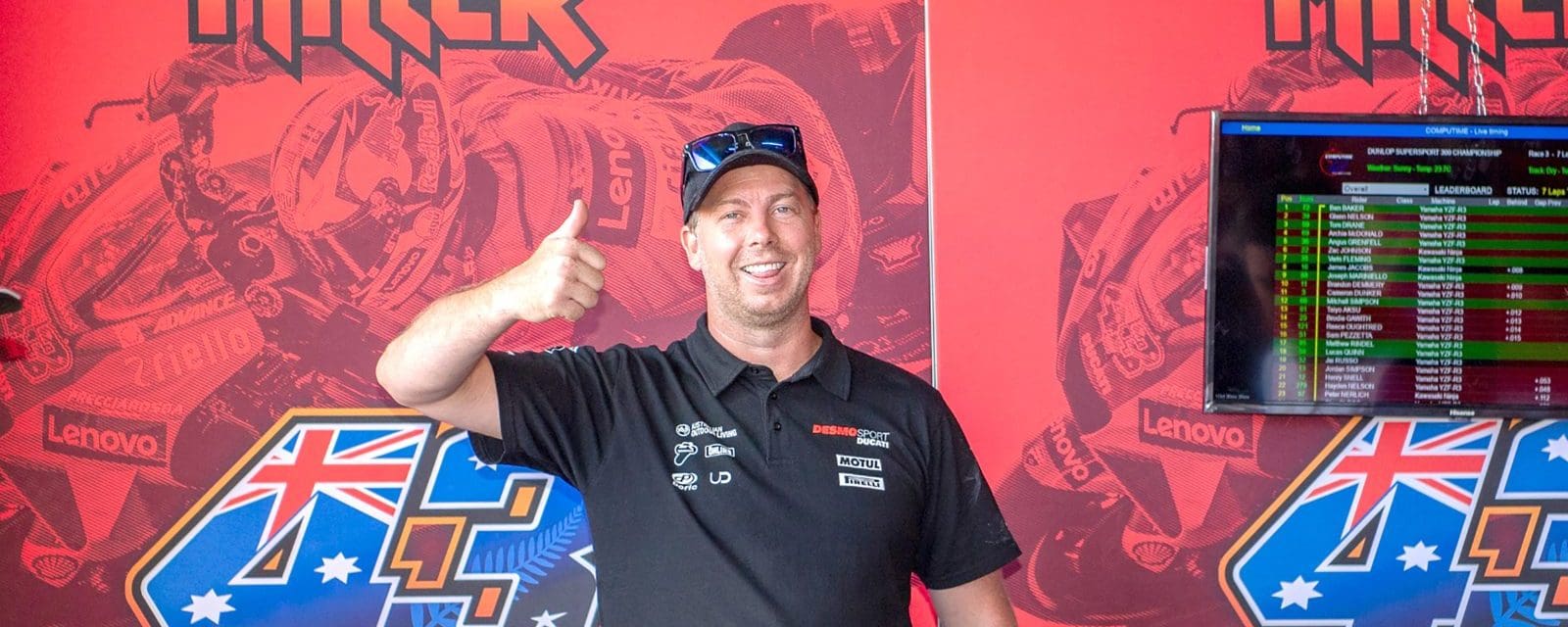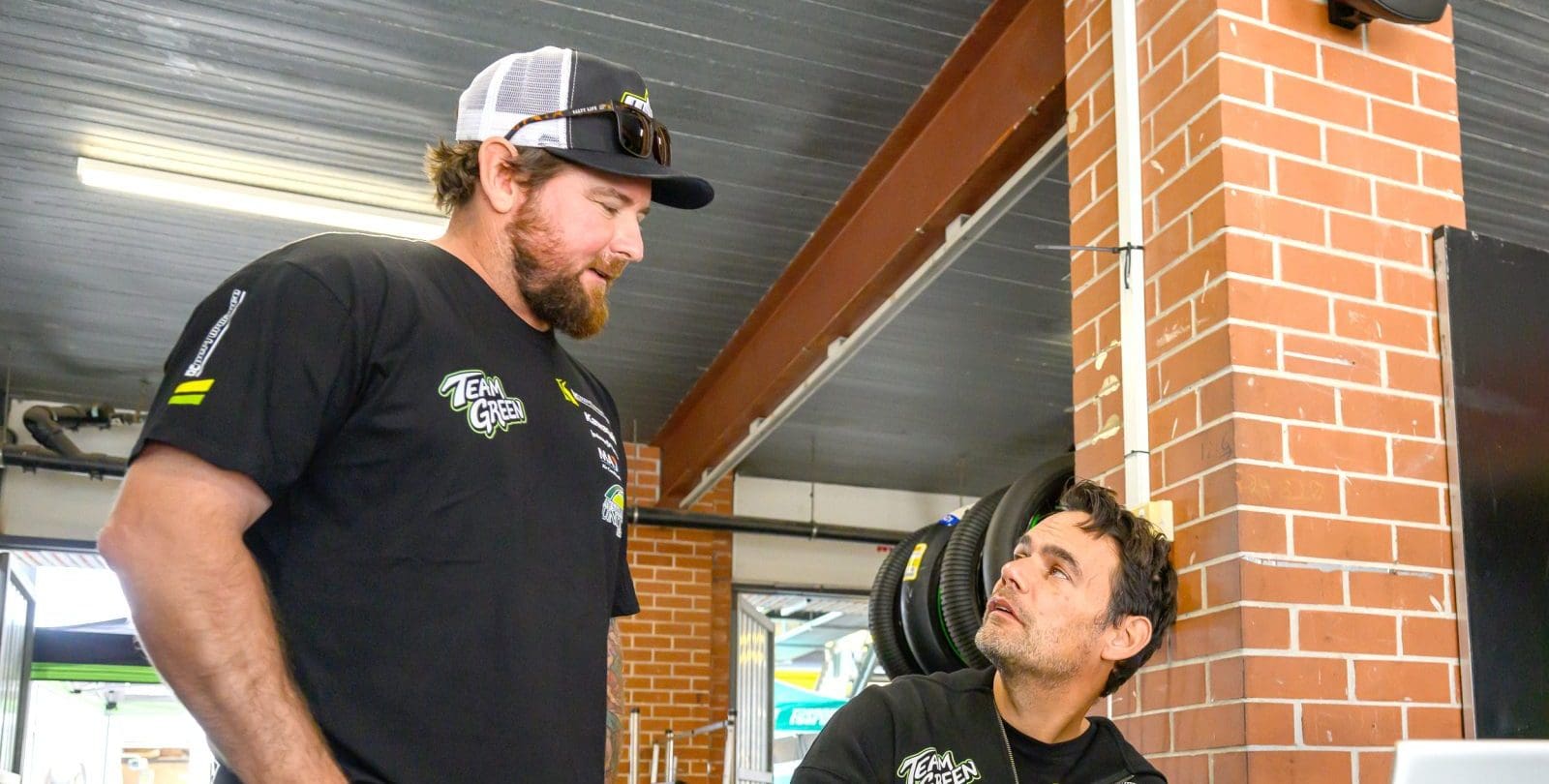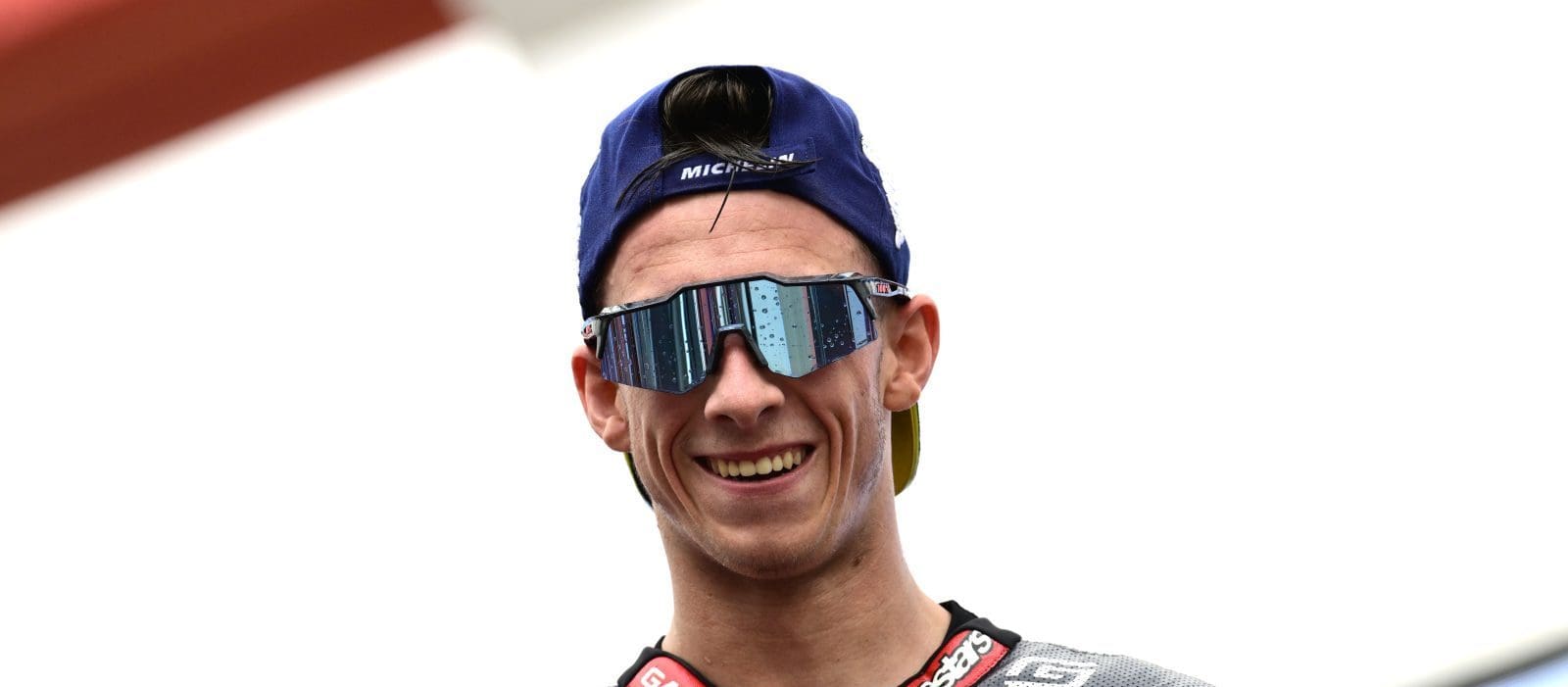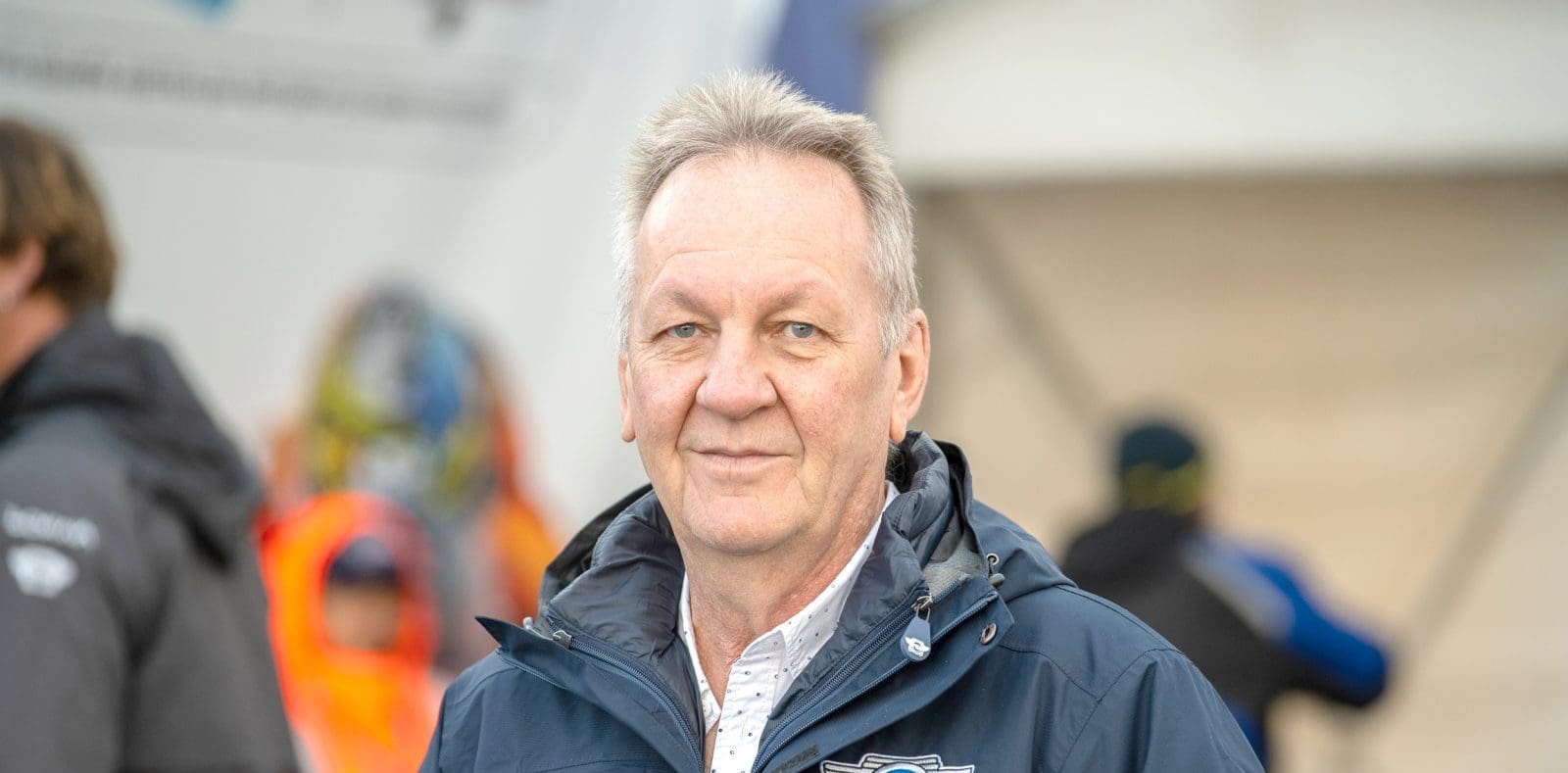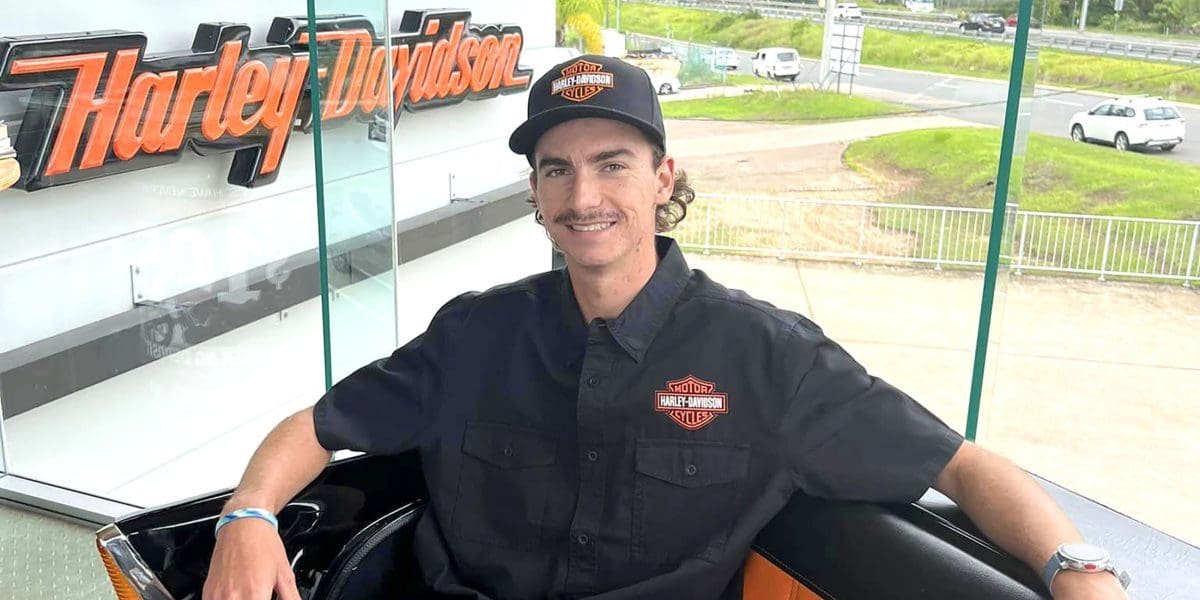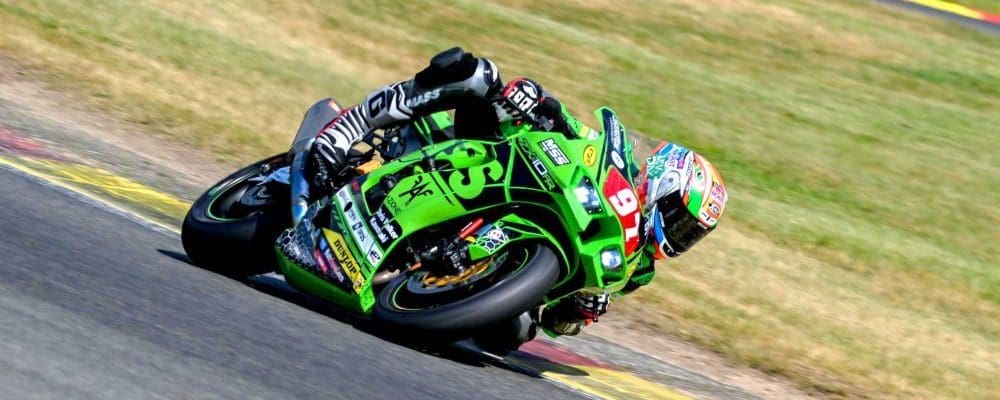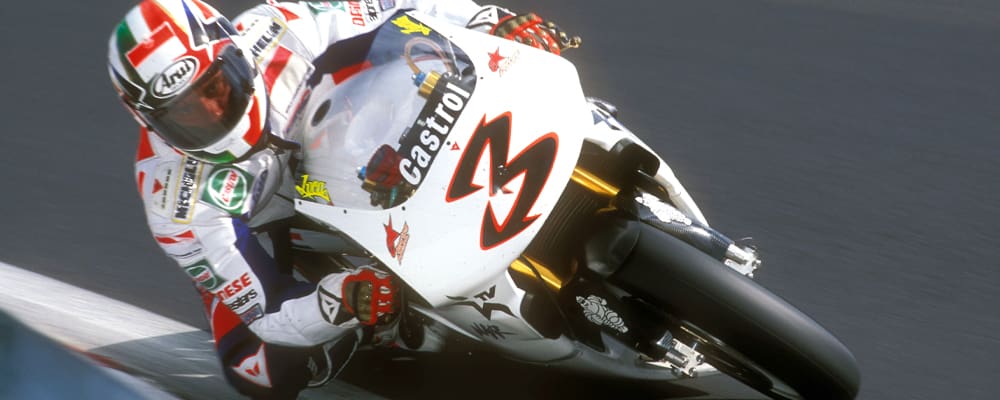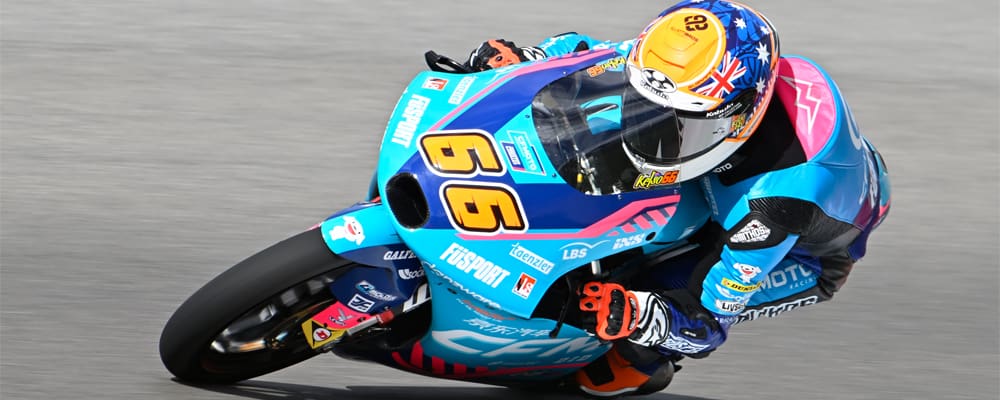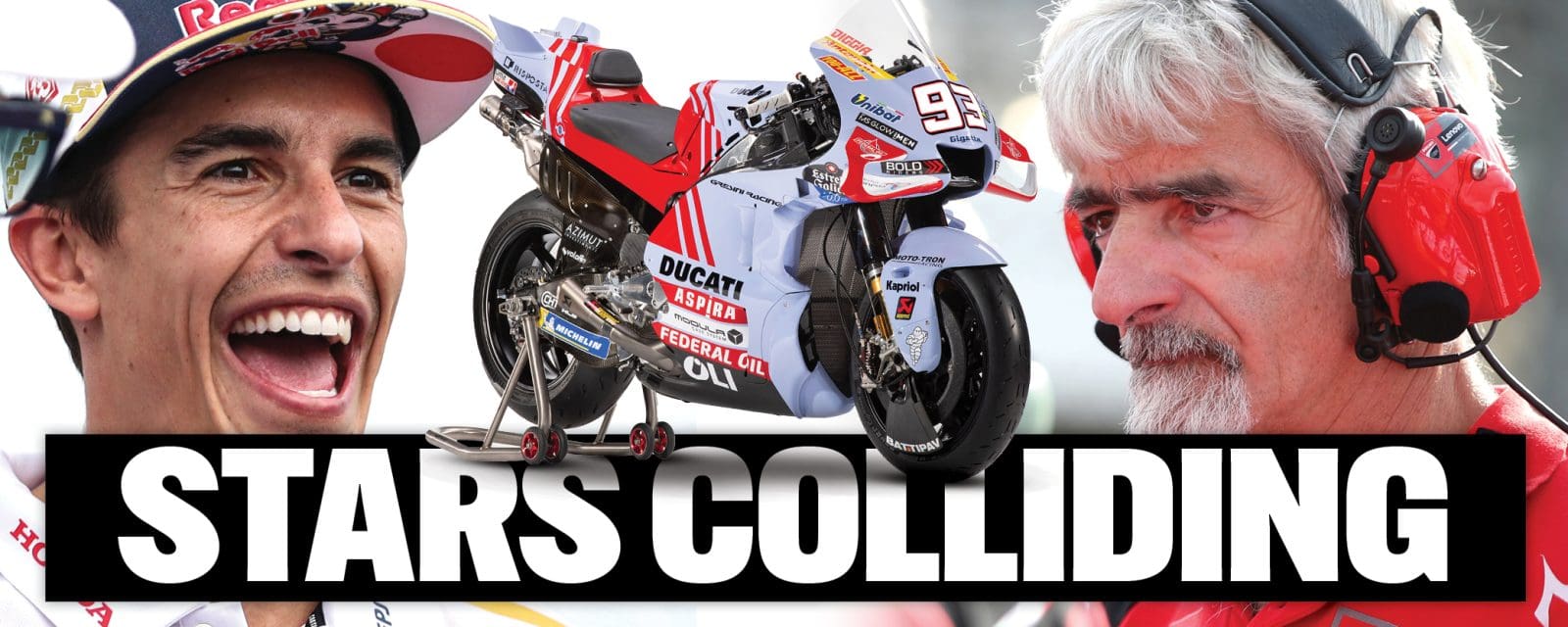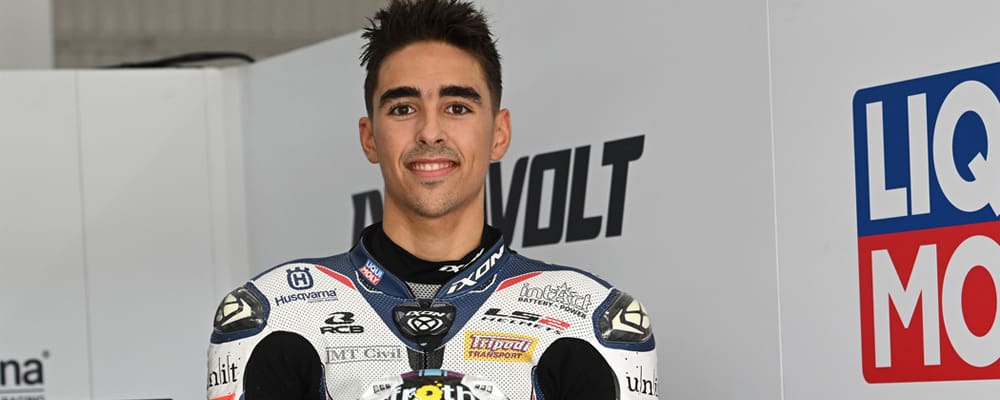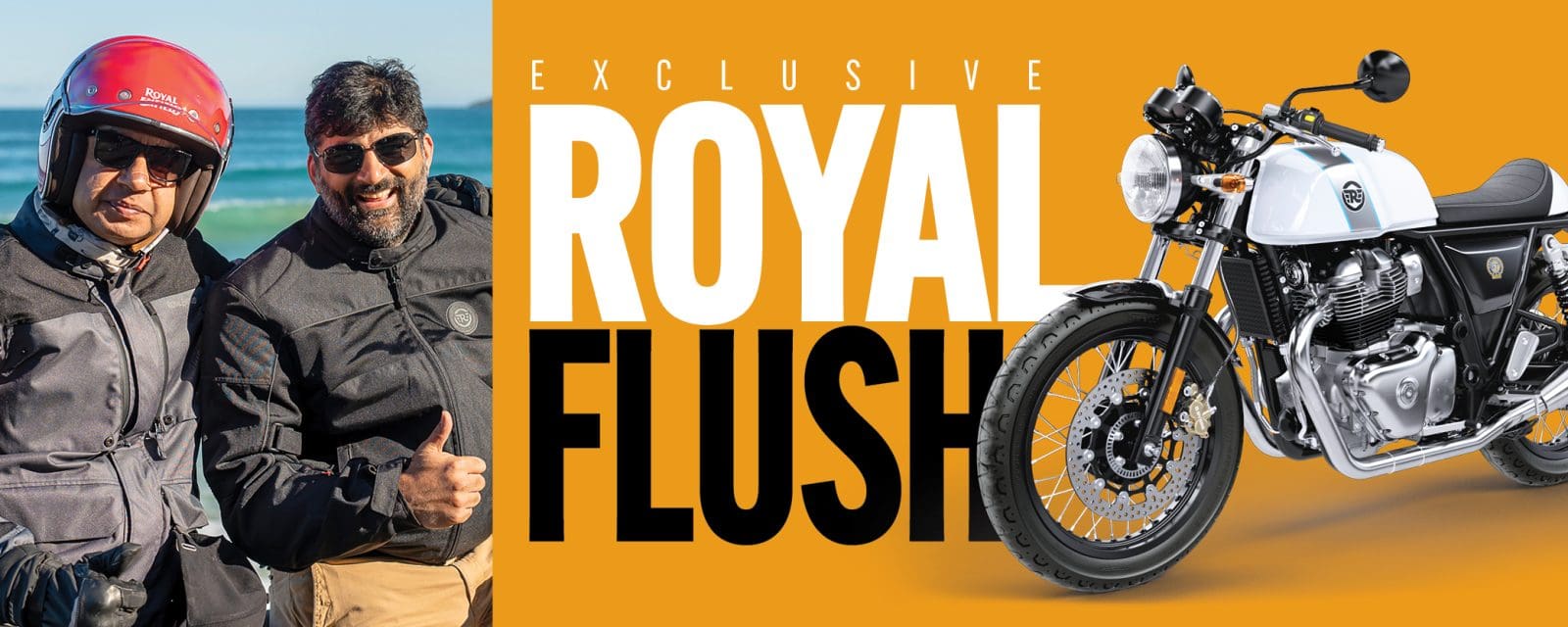We check in with Aussie racer Levi Day to see what he has been up both on the track and off it.
There’s been no BSB for you this year, bring us up to date with what’s been happening.
I was meant to be riding World Endurance last year with Chris Walker, but there was an unfortunate turn of events that happened very quickly.
I broke my left collarbone at the final BSB round in 2022 and then returned to Australia. I was racing a friend’s classic bike at Mac Park and the brakes failed, leaving me with a broken right collarbone only six weeks after I broke the left one. That was New Year’s Eve going into 2023. Then I went to Valencia during February for WEC testing. The fuel tanks in World Endurance are bigger – they are welded aluminium and some of the welds had cracked, leaking fuel all over the back tyre. I crashed the ZX-10R pretty heavily and broke my back.
I missed the first round at Le Mans and then rode Spa, but I didn’t feel right and couldn’t ride at the level I knew I should. The injuries had taken their toll, so I decided to sit out Bol d’Or. Luckily I did, because the team didn’t finish the last race due to fuel tank problems.

Are you still based in the UK?
Yeah, my day job in England is making and designing bike graphics. It’s a bit like the coaching, you get to meet and talk with people who are really into motorbikes. I’ve been doing some coaching there but also running the coaching clinics here in Australia. I did one in Baskerville and quite a few in Mac Park. We’ve had Dave Johnson, Billy McConnell, Joel Kelso, Ty Lynch and Declan Carberry helping out. It’s a great crew.
About your rider coaching. What is your approach / philosophy?
When I started, there was no coaching available. You just went racing and some riders picked up the skills quicker than others. I found I had to work quite hard at it. I read Keith Code’s Twist of the Wrist and things like that in an attempt to get better, but by the time I became reasonably fast it was too late to go down the Grand Prix route. I was fast on a 125 by the time I was 20, which is considered an old man in grand prix racing. I was a drum teacher before I moved to England – I’ve always had a passion for teaching and I can see the benefit in teaching someone when they are young.

When we were living in England Dave Johnson and I worked at the Ron Haslam school. From that experience I decided to do something at Mac Park.
You always see common mistakes like body position – not hanging off the bike enough, braking and getting on the throttle incorrectly – that sort of thing. We started in 2014 and it just went
from there.
How are the coaching days broken up?
We do a track demo in the morning where we show a good example and a bad example. Riders can see how proper body position and correct throttle response changes how fast you can go on the bike. We do it individually where each rider rides the track all day and then comes to us with a track map to talk over problems. Because everyone is at a different level, I felt customised one-on-one coaching was the best approach. Then they can return each year and keep progressing.

You’ve spent a long time in the BSB paddock. How long does it take to learn the trade?
Obviously every rider is different. I would say give yourself three years – a year to learn the tracks, a second year to think ‘I’m going to have a good crack at this’, then a third year to let everything come together.
You’re going to have a few wet races over there where you may shine, but if that doesn’t translate to dry results, teams mightn’t pick you up. Also, it’s so easy to simply have a ‘bad year’ and there are so many outside factors that can influence this.
What advice would you have for young riders wanting to make a mark in BSB?
Depending on what bike you go for or the class you decide to race in, I’d probably say to the younger guys: start with what Brodie Gawith and Henry Snell are doing (SuperTeens). They are good Supersport 300 riders in Australia and might have wanted to step up to the 600, but they definitely wouldn’t be ready for Supersport in BSB. Bearing in mind the lower cost to race the Ninja 400, you could do that and learn the tracks on that bike, then potentially step up to Supersport a year or two later if it feels right.

Does an experienced rider face the same challenges?
I don’t want to sound vague but for any rider the BSB paddock is difficult. You could sign for a team where everything looks good on the outside and they may have had good results the previous season but then something changes. A rule change, a change in crew chief or maybe the parts this season aren’t as good. Teams can be good one year then struggle the next.
Josh Waters is one of the best riders in the last 20 years in my opinion and I don’t think he had a fair chance to show what he could do in BSB. I feel it was a lot to do with his team and how they treated him. If you’re someone like Troy Herfoss, who loves being outside and cycling, the weather can certainly get you down. The short answer is – given the right circumstances, yes, an experienced rider can get good results straight up but it only takes one or two things to go wrong and any rider will struggle, especially when you factor in the depth of the field.

Do you have any plans to continue racing?
I’m 34 now and I’ve broken my back three times plus various other bones. You do get to the point where you don’t repair like you used to. My collarbones still aren’t 100 percent 12 months later. I don’t want to go racing half-arsed so I’m just contemplating what direction to take at the moment. I’ve bought a house in England, I have a wife and two kids, so life is good.
INTERVIEW: MATT O’CONNELL
